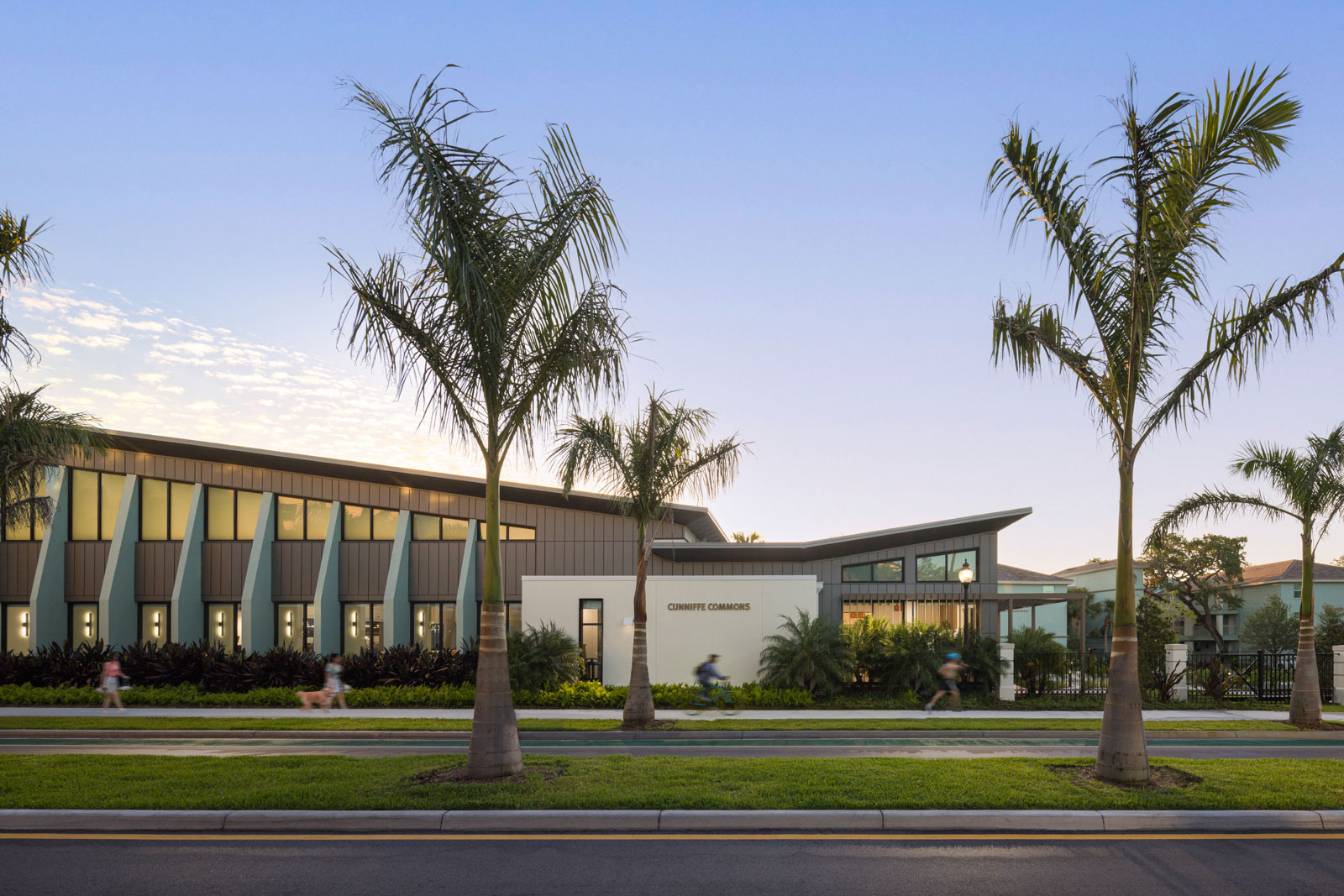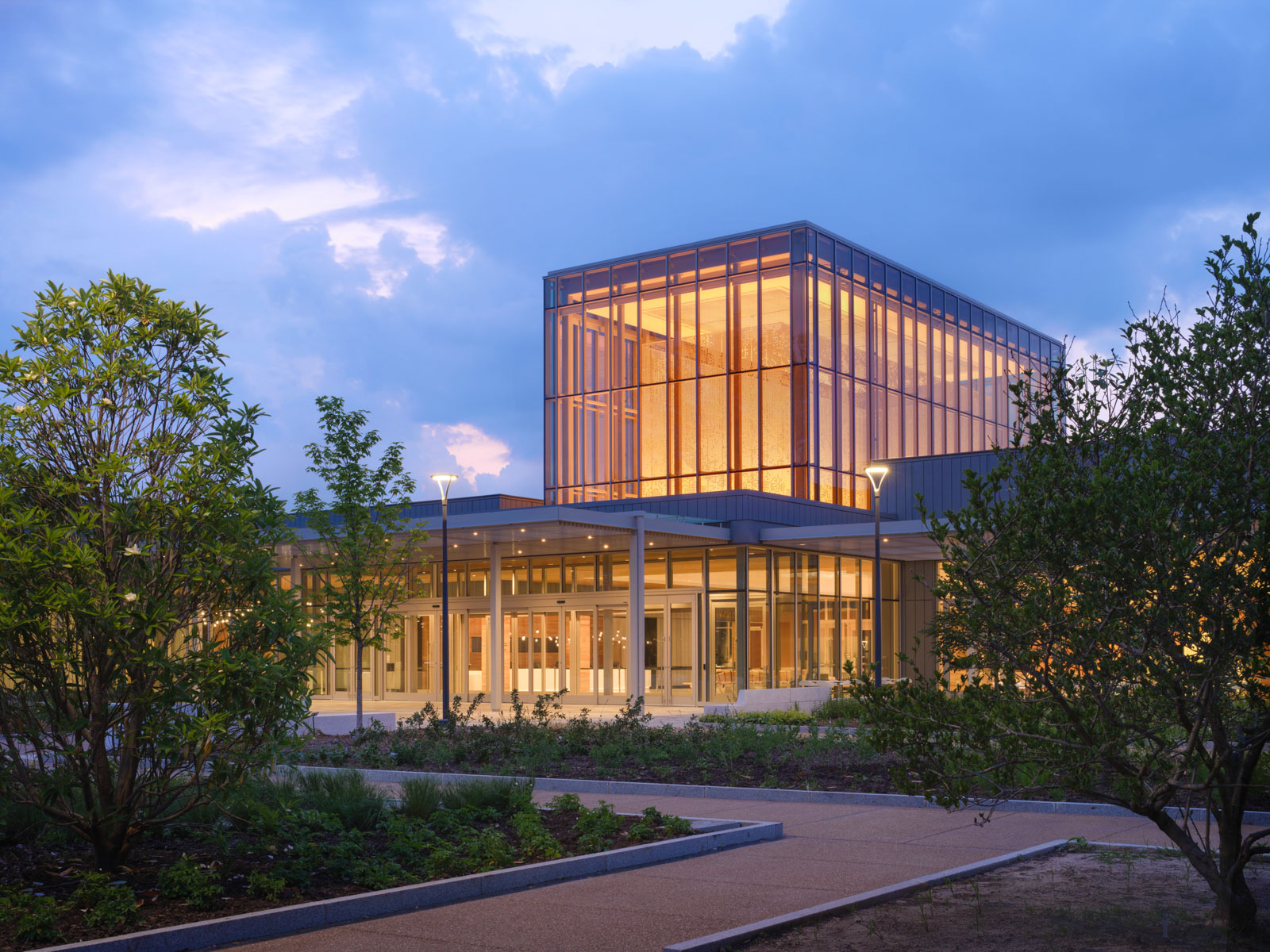This site uses cookies – More Information.
Ayers Saint Gross Projects Honored with AIA Baltimore Excellence in Design Awards
The Baltimore chapter of the American Institute of Architects (AIA) honored two Ayers Saint Gross projects with 2024 Excellence in Design Awards as well as a Grand Design Award, the chapter’s top award. The awards recognize projects with overall distinctive character and outstanding quality by AIA Baltimore members and AIA members with projects in the AIA Baltimore region.

The Jack C. Taylor Visitor Center at the Missouri Botanical Garden was recognized with both an Excellence in Design Award and the evening’s Grand Design Award. The chapter’s top award, the Grand Design Award is given to one exceptional built project each year.
In their award comments, jurors called the building “an elegant addition to the campus” that improves the Garden’s sustainability goals while balancing materiality and experience.
“Biophilic elements blur the boundary between the visitor center and the gardens, including a courtyard that seems to extend the garden,” they wrote. “Beautiful materials and a well-thought-out parti are among the many reasons this project deserves to be recognized.”
This is not the first honor for the Jack C. Taylor Visitor Center, which received an AIA Maryland Excellence in Design Honor Award earlier this year. It has also been the recognized by IIDA Southwest with a Best in Show honor and a Design Excellence Award in Public Facilities.

Cunniffe Commons at the Ringling College of Art and Design was also recognized with an AIA Baltimore Excellence in Design Award. A modern dining facility that takes inspiration from an urban food hall, Cunniffe Commons serves as a community hub and primary destination on campus.
Jurors praised the project for its wide range of indoor and outdoor seating options, its vibrant material palette, and the unique interior design details for each eatery.
“Cunniffe Commons expertly integrates Sarasota’s mid-century modern design culture with contemporary elements creating a welcoming, invigorating space for students to gather,” they wrote. “Far from a sterile campus dining hall, the space is activated with details that create a unique sense of place.”
